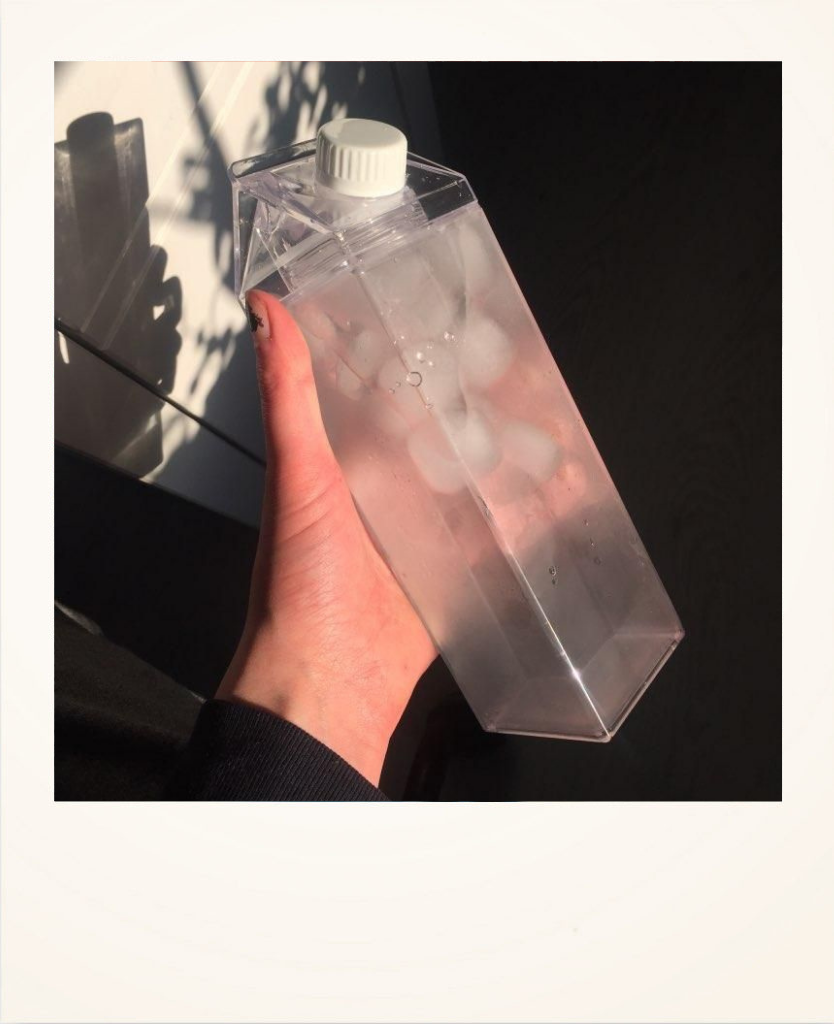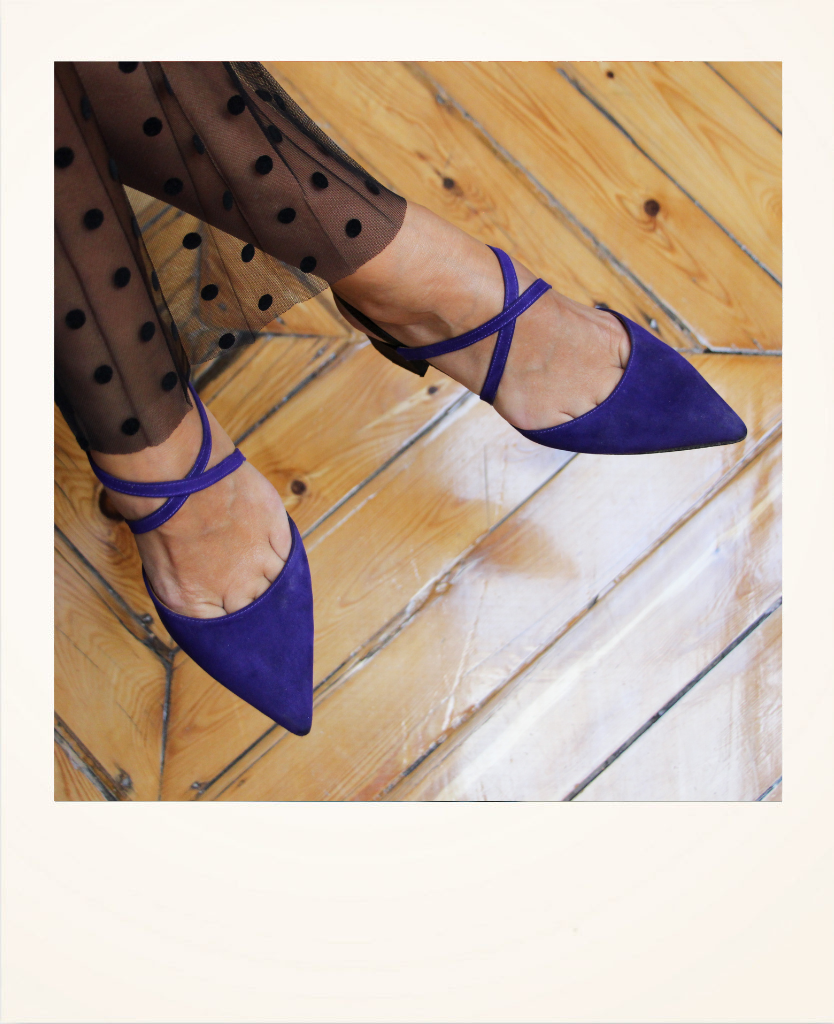We live in an age of shopping at the click of a button . Shop windows are now screens instead of windows , and you no longer buy clothes, you order them. Some people miss going from store to store, and others celebrate not having to leave the house to buy Christmas gifts. But the reality is that in this new world, two trends continue to exist: the "get it in less than 24 hours" trend, and the one that takes a little longer. Today we're here to talk about the latter: the click- through trend that launches a sustainable production process. Slow fashion .
What do we mean when we talk about slow fashion?
Slow fashion emerged as a reaction to fast fashion , a mass production model that uses resources without measuring its social or environmental impact. Slow fashion is a way of thinking and conceiving fashion that is conscious, ethical, and respectful of the environment, workers, and consumers. It is a slowdown that makes room for time, resources, and labor, and that moves away from the excessive production and excessive consumption perpetuated by fast fashion, which has made the fashion industry the second most polluting on the planet.
Unlike fast fashion , this type of fashion seeks to create garments that are durable and sustainable, and it seeks to do so from an ethical and responsible perspective, considering not only the impact on the environment but also the human impact.
Slow fashion prioritizes...
- The quality, durability and longevity of the garments
- Slower production times ( pre-order is a good example of this)
- A fair wage and ethical treatment of workers
- Reducing the carbon footprint generated by each garment
- Not generating waste ( zero) waste )
- The limited and timeless productions
Why pre-order is an example of slow fashion
Fast fashion doesn't want you to wait. It wants you to consume and not think about it too much. It's cheap, easy to buy, and usually follows the current trend. That's why it's so successful.
But for all this to be possible, not only does labor have to be very cheap, but all those clothes have to exist. And for them to exist, things have to be made in advance. Way in advance. Fast fashion predicts trends, generates stock (and we're not talking about small quantities), and burns anything left over.
Waste becomes part of the equation .
And you might ask: But isn't waste inevitable in the fashion world? Unfortunately, it is. In the fashion world, it's difficult to completely avoid waste, but what you can do is achieve minimal waste generation. How? By producing only products you know you're going to sell. In other words, working with real numbers instead of estimates.
As you probably know, at Momoc we follow the pre-order model. In other words, we make our shoes on demand. We don't keep stock (except for what we create for possible size changes or what's left over from previous productions), and this allows us to avoid generating unnecessary waste and contribute to a much more sustainable and environmentally conscious fashion.
A click on our store triggers a unique production process for each pair of shoes that can take up to 7 weeks . It may seem like a long time, but that's because we've become spoiled. The reality is that this is the actual time it takes to make good-quality shoes, handcrafted by the best artisans in Spain.
The best gift is a well thought out gift
Nothing beats seeing a loved one opening a gift you've been thinking about for weeks. Especially when that gift is a pair of shoes that you know were made with love, respecting workers and the environment.
If you want to receive your shoes on time, avoid last-minute stress, and contribute to a more conscious fashion, start shopping for your Christmas gifts now . You'll thank us.



